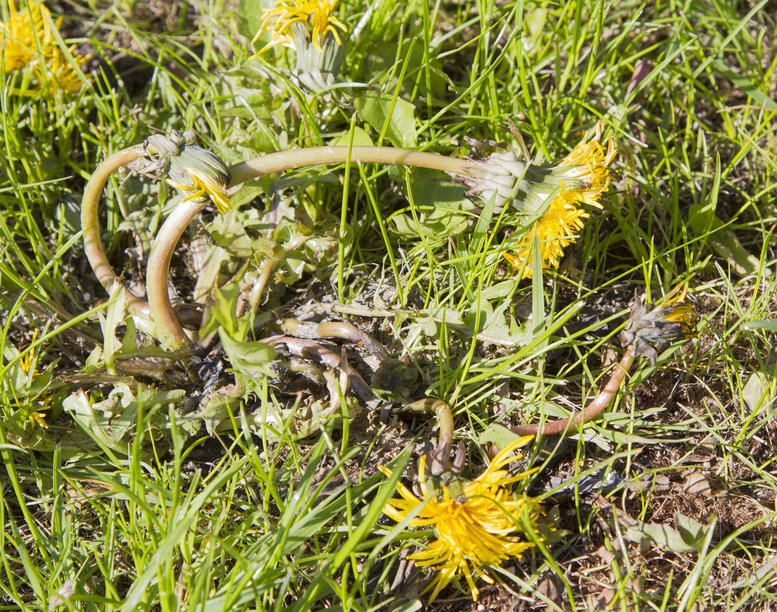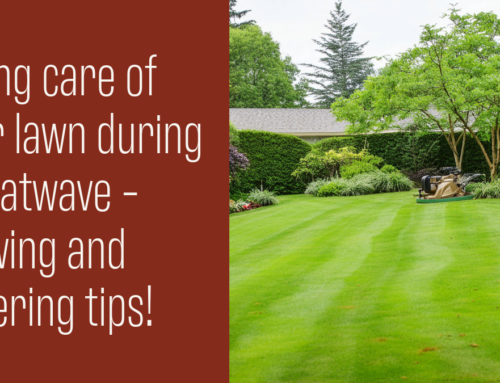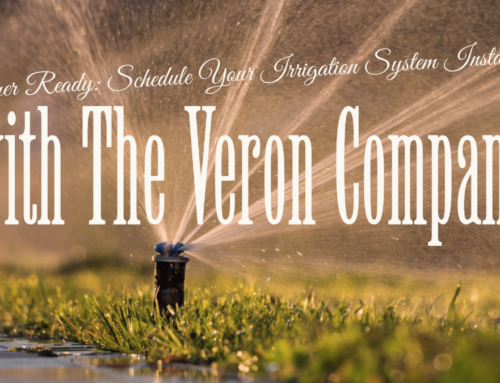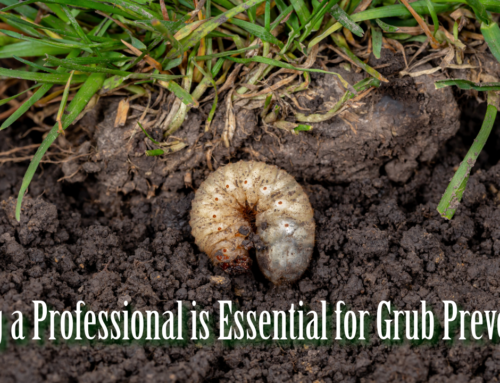How to Fix Common Lawn Issues in the Spring
Now that warmer temperatures are here, it’s a good time to assess what went on with your lawn under the snow during the winter. And now, has it bloomed into a beautiful landscape? Or is it infected with a common disease or infestation? There are numerous spring-related issues that can negatively impact your lawn. Depending on the nature and scope of the problem, you can either choose to take care of it yourself, or hire professionals who can affectively treat the problem without inadvertently causing another.
Here are just a few possible lawn issues you may be dealing with and what you can do to fix them:
- Weeds. Annuals, such as chickweed, geranium and bluegrass, typically grow during the cold months. These weeds don’t normally require any kind of harsh chemical fertilizer because they die on their own, and should be dead by May. There is nothing for you to do except to stick to your regular mowing schedule to ensure these weeds don’t leave seeds. This should keep the growth, and number, of weeds down next winter.
- Mushrooms. You’ll likely see these during times of heavy rain, because they need moisture to thrive. Luckily, this is one type of lawn fungi that won’t harm your grass. They do feed on organic matter in the soil or thatch, but don’t attack living vegetation. We don’t recommend treating mushrooms with chemicals, because it’s mostly ineffective, and chemicals can damage the environment. To prevent mushrooms from appearing, remove any debris, such as dead tree roots or areas of heavy thatch. If you keep moisture levels steady, there won’t be a hospitable environment for them anymore.
- Crabgrass. This particular weed can be a real nuisance. To treat it, try corn gluten meal, which is an organic alternative to chemicals, in early spring. Follow up with a natural fertilizer. When you start mowing, be careful not to cut the grass too short, as this will allow crabgrass to grow again. It’s recommended that you set the deck on your mower to about three-and-a-half inches.
- Grubs. These pesky, milky-white beetle larvae create dead areas on your lawn because they eat away at the grass roots. If you can pull large patches of grass away from the soil, then you know you have a grub problem. Treatment is typically prevention in spring, and treating them in the fall. Organic insecticides, such as Heterohabditis nematodes, will often do the trick. If your problem is more extensive, consult with professionals to treat your lawn.
- Patchy grass. Usually thin and patchy grass is a sign of a soil problem. In this case, you need to have your soil tested. While home and garden stores offer DIY kits, it’s best to have experts perform your soil tests. They can accurately identify the pH level in your soil, as well as missing nutrients or the presence of harmful chemicals. Once identified, the professionals can recommend the right treatment. For example, if your soil is overly acidic, a professional might treat it by applying a layer of limestone.
- Too much shade. Most vegetation needs some degree of sunlight to survive. If there are dark corners of your property where even the most resilient trees and grasses can’t seem to make it, you might consider adding gravel or some other feature that can add interest while solving the problem at the same time. If that’s not a workable solution, talk with professionals about finding turf grass that is more durable in the shade.
The Veron Company is your partner in professional landscaping. Contact us today to let us go to work for you!
The Veron Company is dedicated to providing organic, environmentally-friendly and beautiful landscaping, as well as other services.
The Veron Company, serving Marlborough, Massachusetts and surrounding areas, including Cape Cod since 1982.

